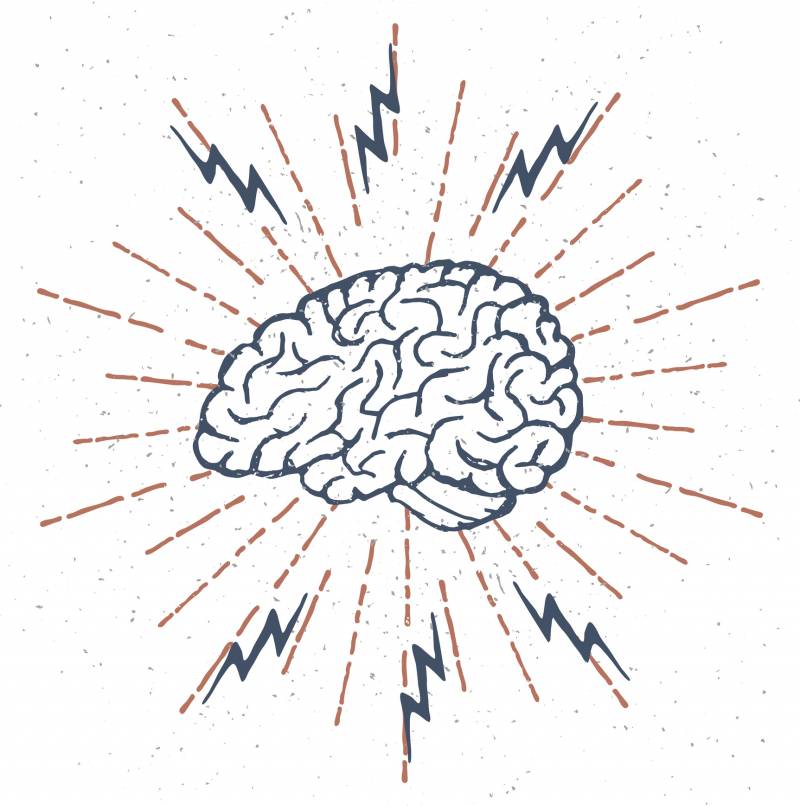Grotzer and a team (Nancy Oriol, Stephanie Kang, Colby Moore Reilly, and Julie Joyal) looked at the Harvard Medical School MEDscience curriculum, founded by Oriol, that uses technology-mediated, problem-based learning simulations to enrich the experience of high school biology students.
Joyal — executive director for MEDscience — and the team noticed that as their problem-based curriculum progressed, students changed the way they approached problems. Rather than waiting for the teacher to give them answers, they made hypotheses based on existing knowledge, discussed their thoughts with their teams, and took risks — all signs of deeper-level learning.
To study this shift in classroom behavior, Joyal, Moore Reilly, and Grotzer used a sample of 21 students from a range of public and private schools in the Boston. The research team found that the thinking scaffolds — the prompts and support instructors used to guide students through the curriculum and activities — were instrumental in generating a shift towards more expert-level reasoning.
“We know that experts pay attention to a very different set of patterns than novices often do. Novices get caught up in the surface features and can’t necessarily see the deep principles,” Grotzer says. “It’s really important to think what kind of scaffolding helps people take steps towards greater expertise in their thinking and reasoning.”
Taking Students from Novice to Expert
Here are some takeaways from the study that can be used by educators to help move their students from novice to expert level:
Prompt students to include context: Ask questions that prompt students to include what they know already and emphasize the need to seek out further information or clarification. Get them to take a step back from the problem at hand and make connections. “Having students pause to think about the context of the problem — what they already know about it, what questions they have, and with humility, to consider what they don’t know — helps them to be open to other patterns and possibilities,” Grotzer says.
Try: What information led you to that conclusion? Is there anything that you don’t know yet or that you can wonder about?
Ask open-ended questions: Guide students to reconsider an idea without explicitly correcting them. Generic probes work well but more targeted questions also work. “Students are solving [open-ended] problems the moment they come in [to the MedScience simulation space], and I will say that can be a little uncomfortable at first. It’s stressful being in this situation. But there’s research that [essentially] says if you keep kids on their toes, the information becomes sticky and much more retainable,” Joyal says.
Try: What do you mean? Can you say more about that?
Help students transfer knowledge and experience: Have students think back to past experiences and information sources like classroom learning. Also encourage them to consider what is happening in the present moment. “[This is a] pedagogical move that says all of the information and experience you have is useful and you can bring it bear,” Grotzer says.
Try: Is there anything that you already understand that might help you here?
Leave room for student ownership: Signal that the choices students make are up to them — the role of the teacher is not to make decisions about what to do next or execute. “Instructors model for students what an expert does but not in a way that takes over,” Grotzer says.
Try: That’s up to you. I don’t know the patient. How are you going to handle that?
Invite and manage risk: Allow students to take risks by not immediately dismissing “wrong” answers. This fosters a strong classroom culture where students are willing to try new methods. “When the kids walk in, we tell them ‘This is Harvard Medical School and we have rules. The rules are there are no wrong answers, there’s no raising your hand, and if you have a thought, you’re going to say it out loud,’” Joyal says, noting that these rules set the tone for the learning environment.
Try: That’s a good idea worthy of further discussion.
Encourage reflection: Students need to be reminded that they are not just participants but also learners in this process. “Leaving time for a debrief at the end of each class allows the group to circle back to questions from the class introduction and go deeper,” Says Moore Reilly. Instructors can ask students about their performance, thought process, the outcomes, and their feelings.
Try: How did it go for your team? How are you managing your learning?


